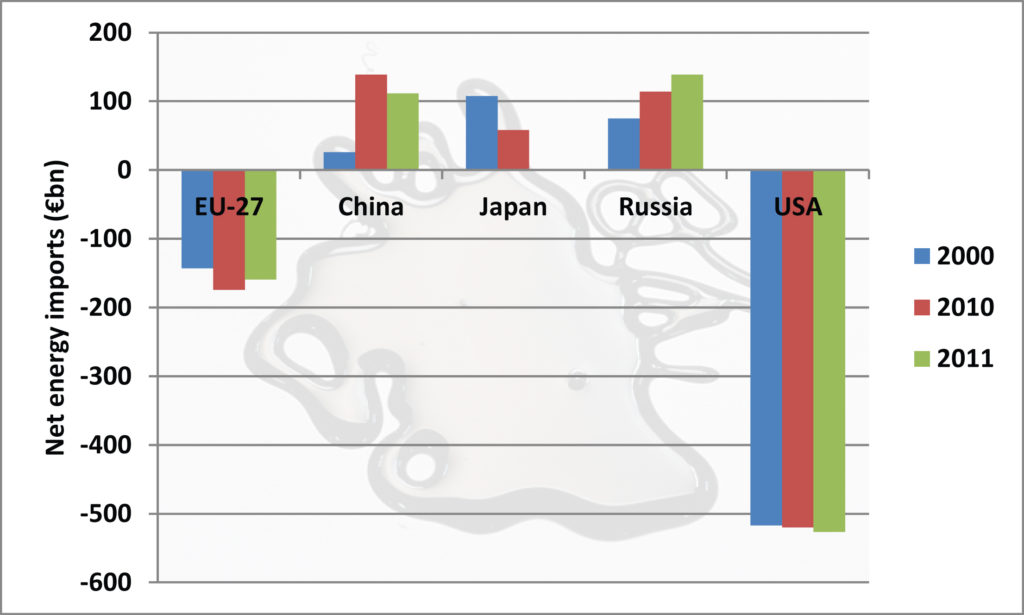By Carol Olson, Project Manager, Energy Research Centre of the Netherlands (ECN)
For more than a decade, the growth in PV markets surpassed expectations. Then, in 2012, the European market declined for the first time compared with the previous year. As policymakers’ support for PV hesitates over the costs to society of this technology, it is timely to take an overview of the social costs and benefits, also referred to as the ‘external costs’, of PV electricity. In this article, these costs are put into perspective visà- vis those associated with conventional electricity-generating technologies. The external costs of electricity can be broken down into: 1) the environmental and health costs; 2) the costs of subsidies and energy security; and 3) the costs for grid expansion and reliability. Included in these costs are the increased insurance, health, social and environmental costs associated with damages to health, infrastructure and environment,
as well as tax payments that subsidize producers of electricity or fuels, their markets and the electricity infrastructure. A life cycle assessment (LCA) of the environmental impact is used in the quantification of the associated environmental and health costs. Because the environmental footprint of PV electricity is highly dependent on the electricity mix used in PV module fabrication, the environmental indicators are calculated for PV electricity manufactured using different electricity mixes, and compared with those for the European electricity mix (UCTE), and electricity generated by burning 100% coal or 100% natural gas. In 2012$, coal electricity requires 19–29¢/kWh above the market price, compared with 1–1.6¢/kWh for PV manufactured with 100% coal electricity. The sum of the subsidies, avoided fossil-fuel imports and energy security, and the economic stimulation associated with PV electricity deployment, amounts to net external benefits. Integrating high penetrations of renewables, with the same reliability as we have today, appears to be fully feasible and within the cost horizons of the current activities of system operators.



